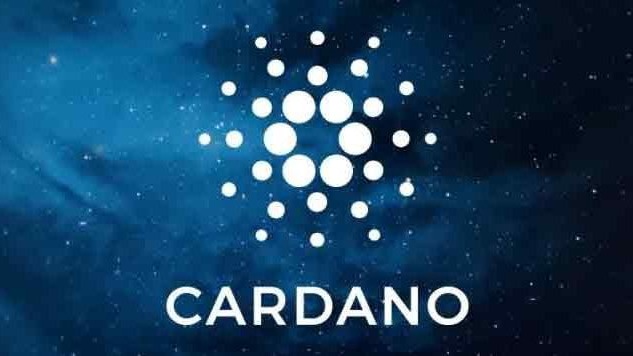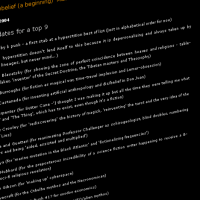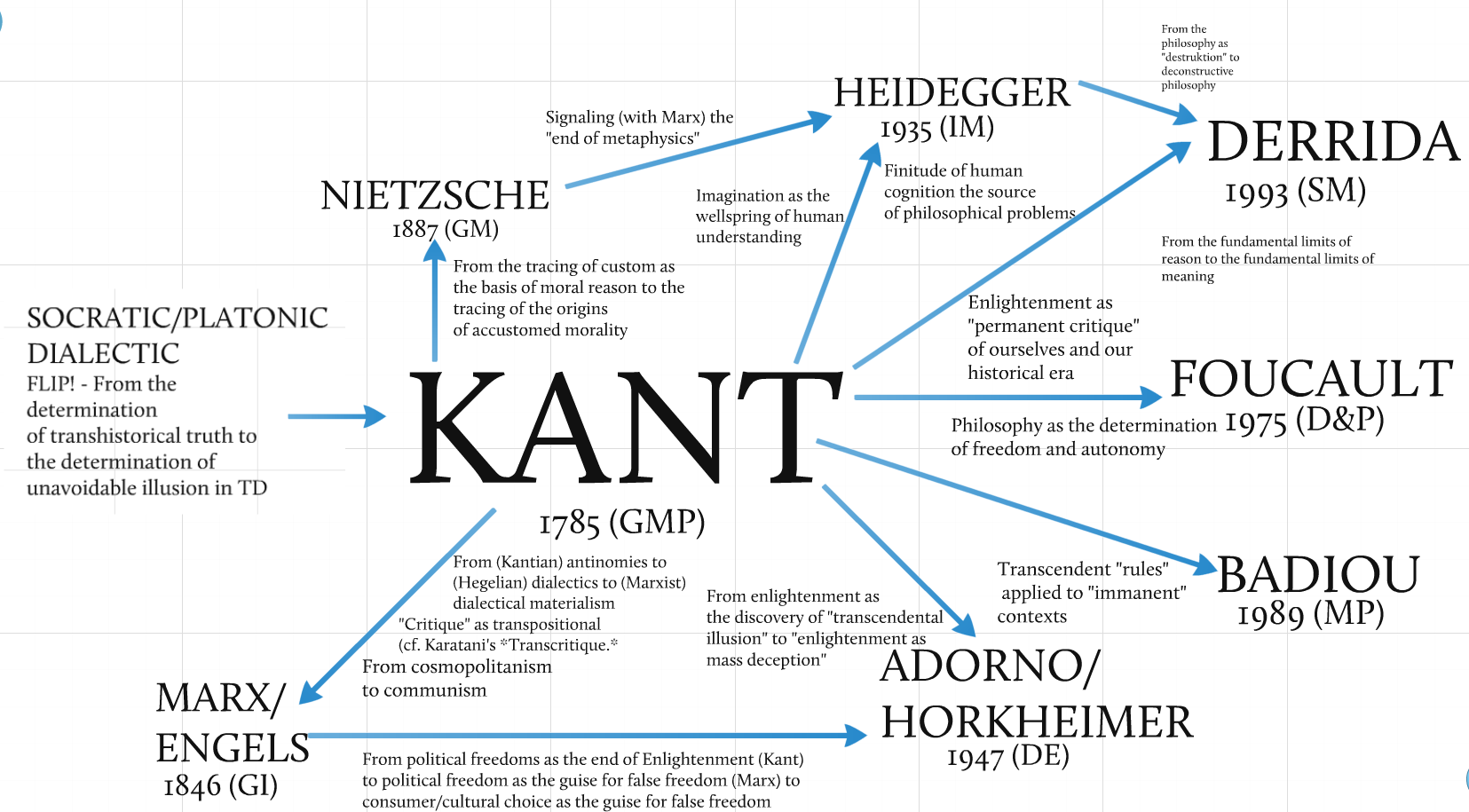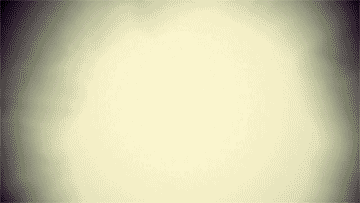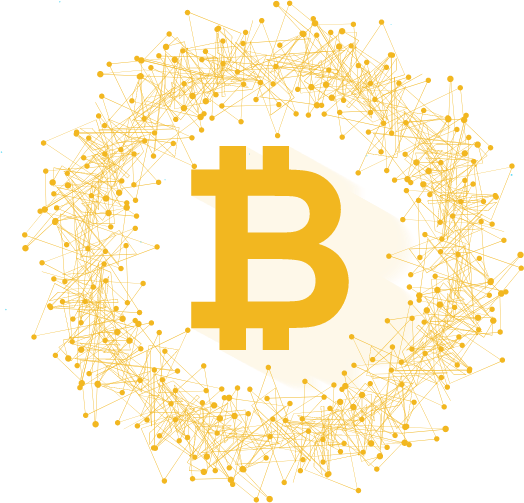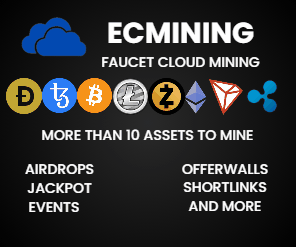The Spirit shows itself as so impoverished that, like a wanderer in the desert craving for a mere mouthful of water, it seems to crave for its refreshment only the bare feeling of the divine in general. By looking at the little which now satisfies Spirit, we can measure the extent of its loss.
~ Hegel, Phenomenology of Spirit.
It would be best, perhaps, to think of an alternate world—better to say the alternate world, our alternate world—as one contiguous with ours but without any connection or access to it. Then, from time to time, like a diseased eyeball in which disturbing flashes of light are perceived or like those baroque sunbursts in which rays from another world suddenly break into this one, we are reminded that Utopia exists and that other systems, other spaces, are still possible.
~ Fredric Jameson, Valences of the Dialectic.
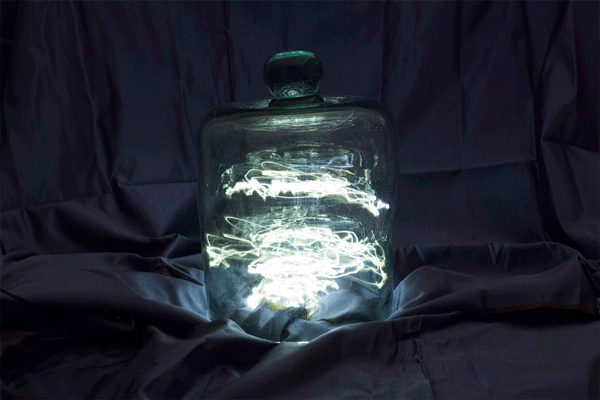
Out of the Void Between Time as Event and Time as Structure Emerges the Future History of That Which is Not
For a long time the question of “how can we become creative without becoming self-destructive?” has been one of the major concerns of my studies. The relation of time to death has been the driving subject-matter in the way of answering this question. Time exists because we humans are mortals, but our mortality is not necessarily a barrier to our access to the idea of infinitude. The objective and the subjective dimensions of time, that is, the time of infinity and the time of finitude can be overlapped in such a way as to situate eternity in time. Having undertaken many years of studies on the psychic and somatic dynamics of the creative process, I am convinced that for change to take place, imagining new modalities of existence not yet conceivable from within the already existing pre-dominant modes of thought and being is required. And that is where Alain Badiou’s definition of art, politics, science, and love as the four conditions of philosophy opens up the possibility of producing a new common-sense in and through a potentially evental act situating eternity in time.
The initial question I had in mind as I was in search of new modes of being and thinking in and through which the subject constitutes itself as object of knowledge in contemporary social and natural sciences was simply this: “How does it further our understanding of the subject to situate the concept of change in the context of a philosophical agenda driven by a non-reductive conception of time?” The answer I have in mind to this question is that “the ideas are objects we are embedded in and embody at once.” This ontological/epistemological principle is the point of departure for a broader research into the developmental possibilities of a new mode of enquiry which would put art, philosophy, and science into a more interactive relationship with one another, driven not only by the dialectical process constitutive of the methodological differences between natural/social sciences, art, and philosophy, but also by the sustenance of a generative interaction between various modes of being and thinking in multiple temporalities.
Synchronic and Diachronic Temporalities in Philosophy: A Comparative and Reconstructive Study of Time and Temporality from Kant and Hegel to Deleuze and Badiou
We can indeed change the past precisely because what we do at present is that which determines the past and the future alike. In quantum physics this procedure is called “backward causation,” through which an event is retroactively created in the past, causing a difference in the actual present and the virtual future alike. This present we now experience as a perpetually lost time which continually leaves itself behind and is simultaneously yet to come will be the past in the future. Whenever we claim to talk about the present we are in fact talking about the future history of our lived experience. Turning time into something with effects in the material world requires forcing a reformalization of the way in which time is formalized. At stake here is an attempt to change the structure of time itself. The two structures of time under consideration here are the synchronic and the diachronic conceptions of it. In the case of ontological diachronicity time is independent of the fact of mortality, while in the synchronic empirical case time is limited by death. The immanence inherent to synchronic time and the transcendence inherent to diachronic time drive the dialectical relation between the finite and the infinite, the empirical dynamism and the ontological staticity, time as event and time as structure. With this background in mind there hopefully remains no wonder why Kant, Hegel, Deleuze, and Badiou emerge as the four eminent figures who simultaneously embody these two modes of being and thinking in relation to time, eternity, and death each in their own ways and accordingly varying temporalities.
by Cengiz Erdem












